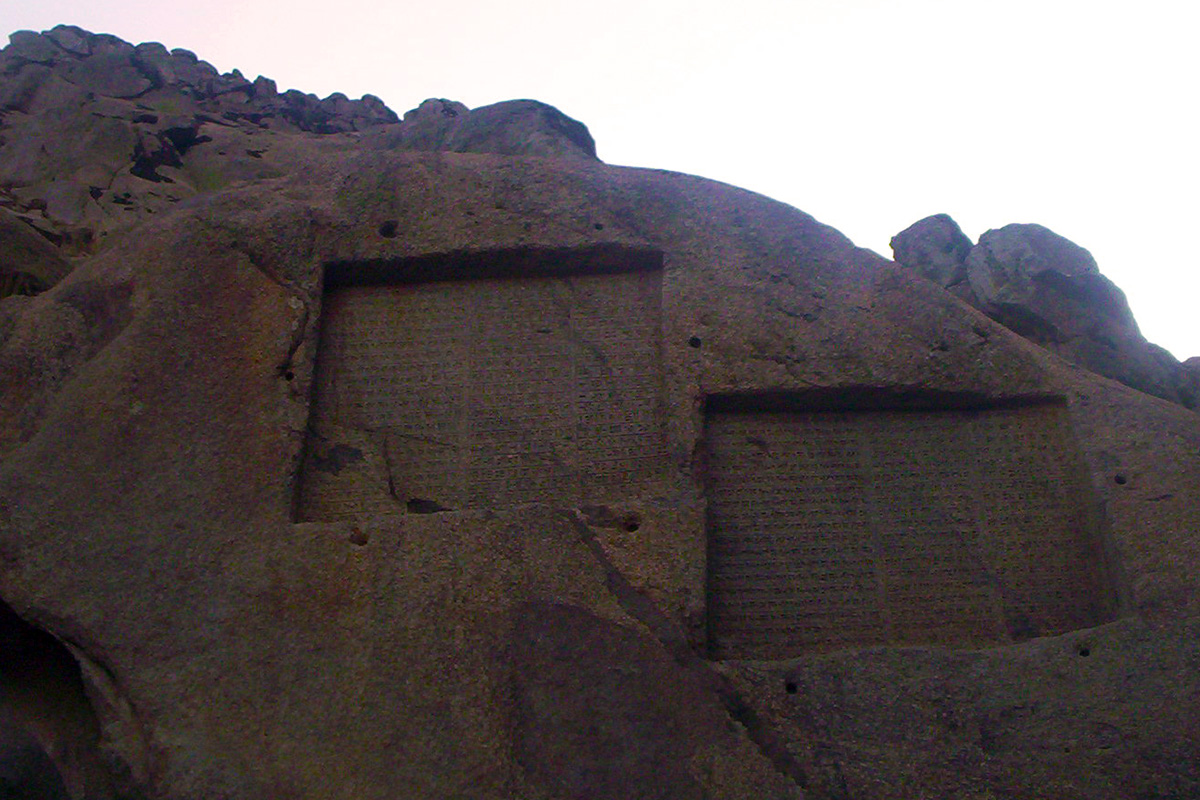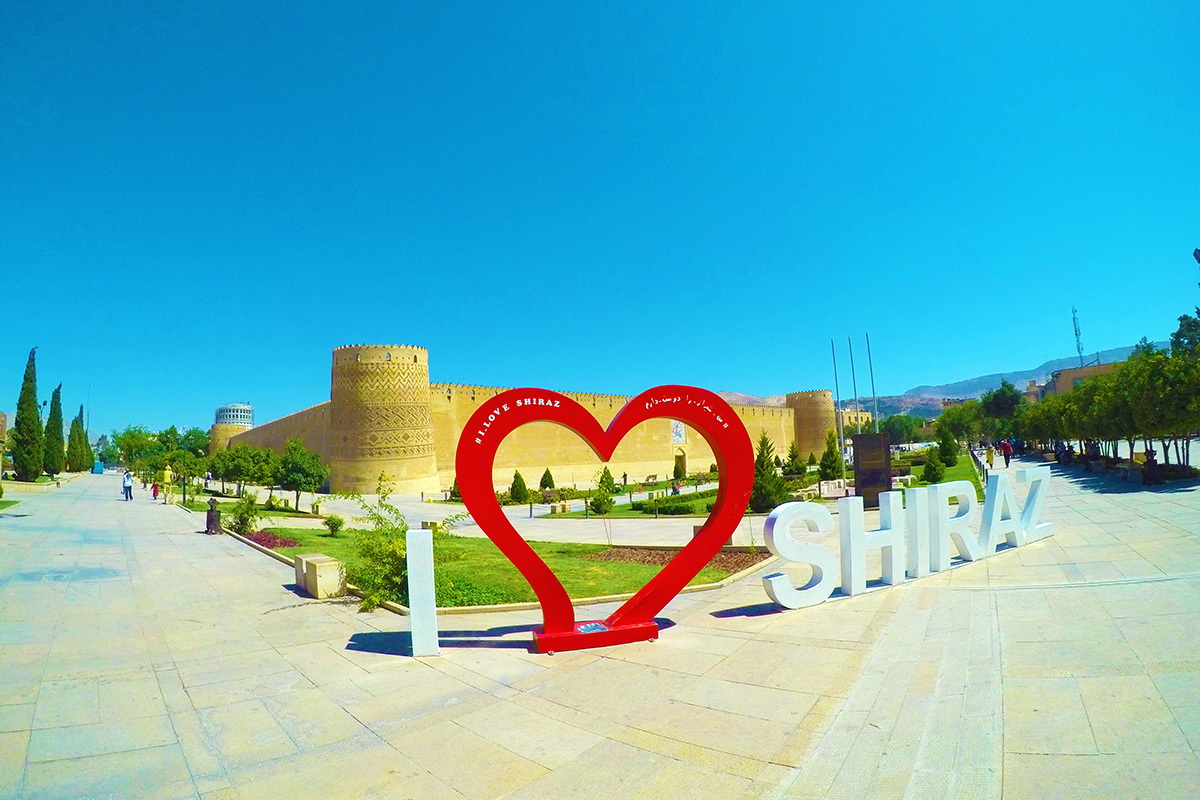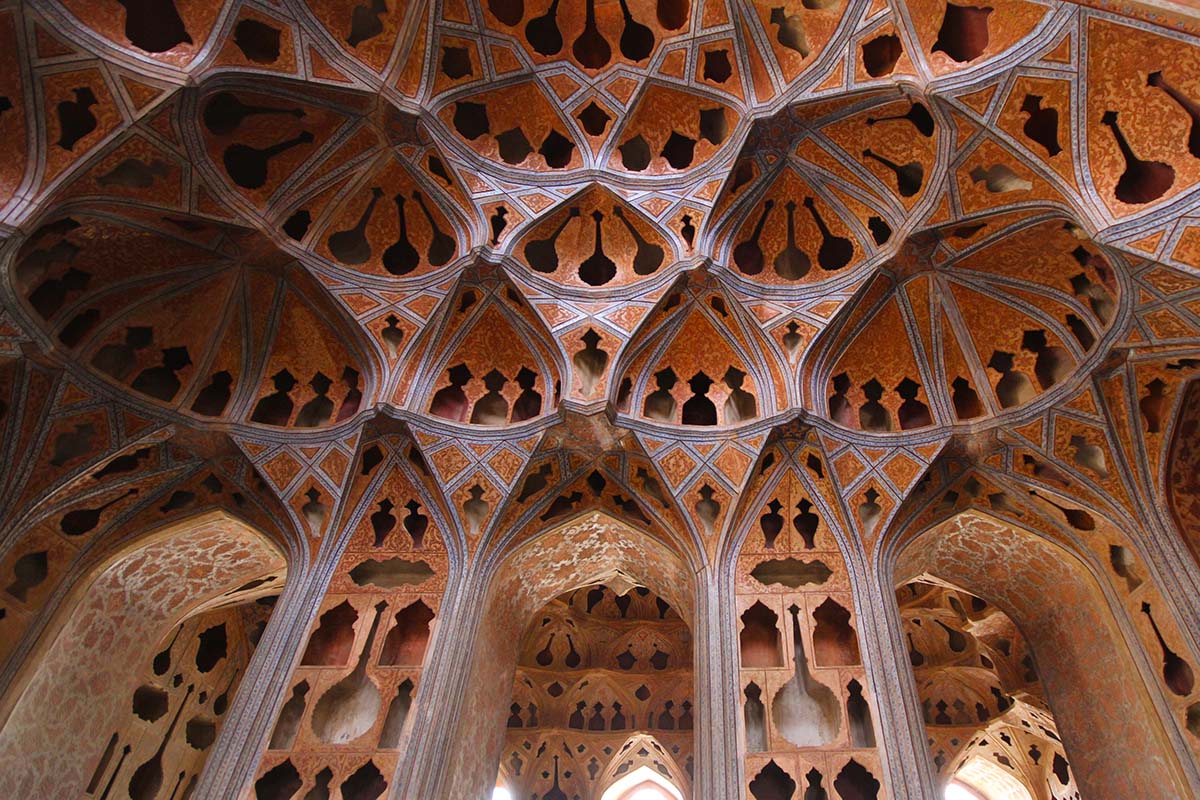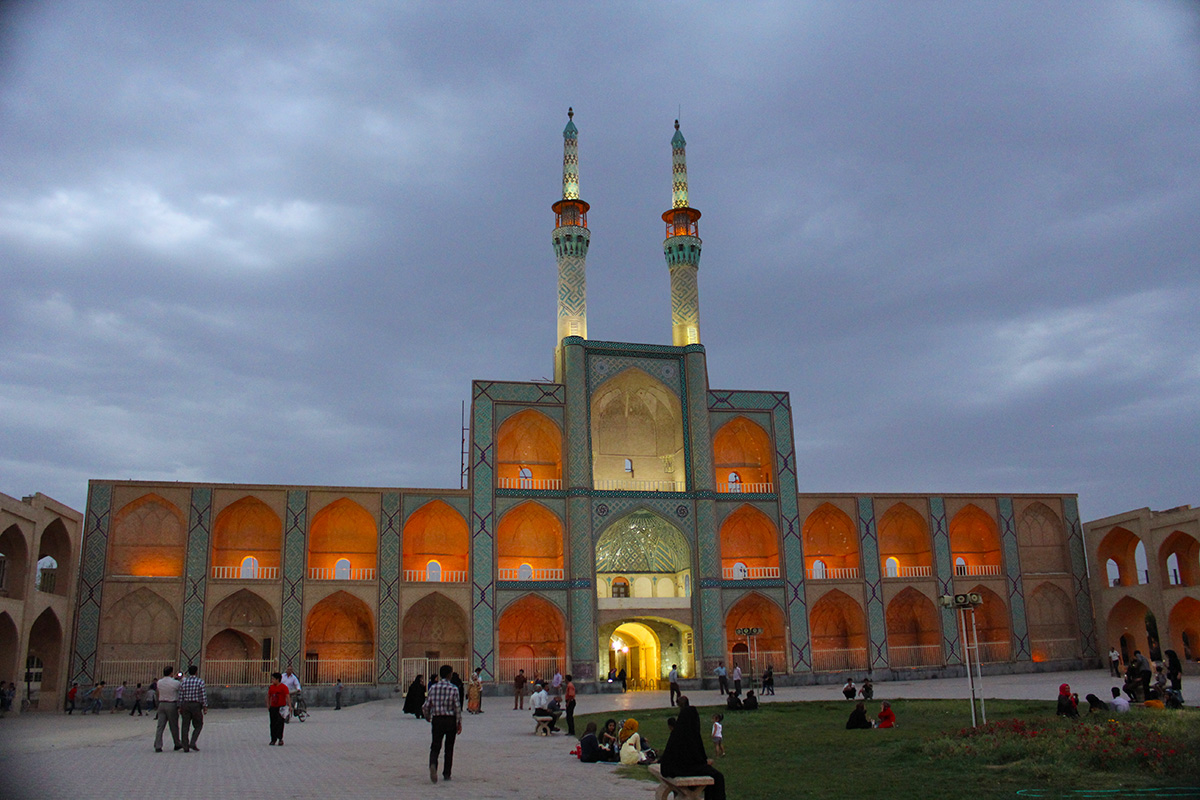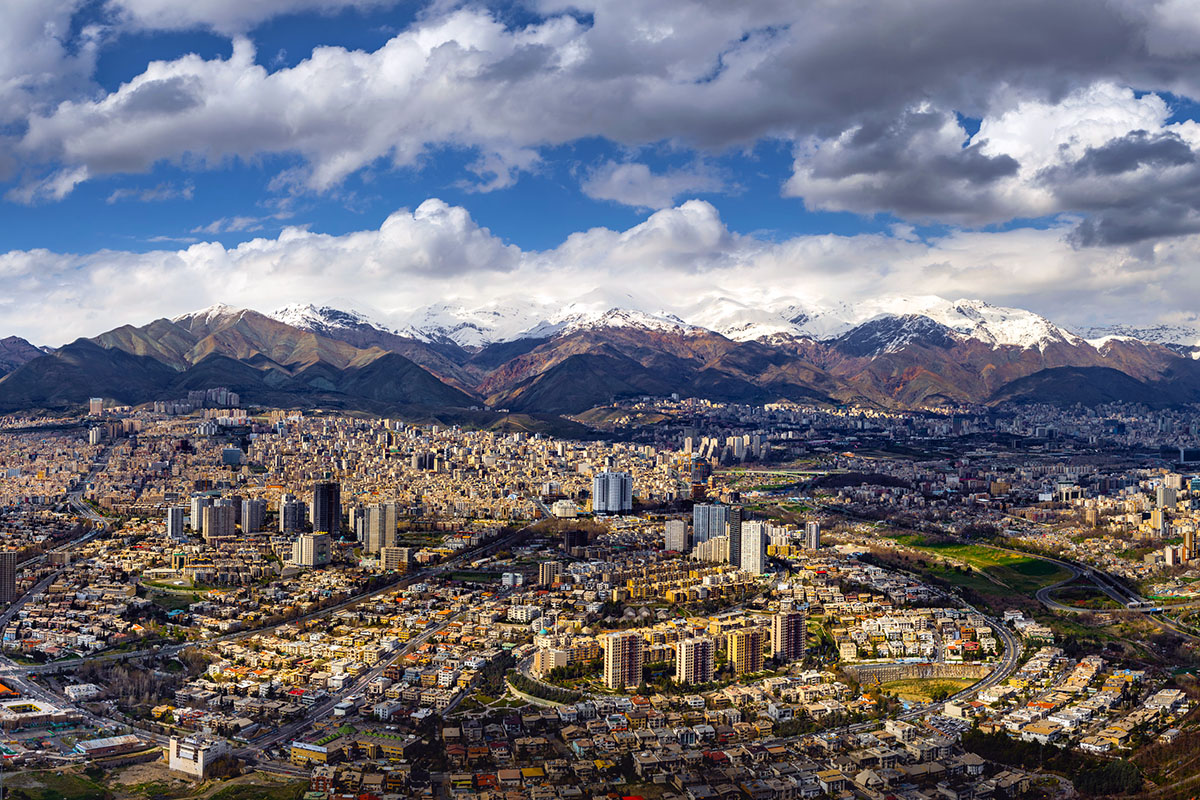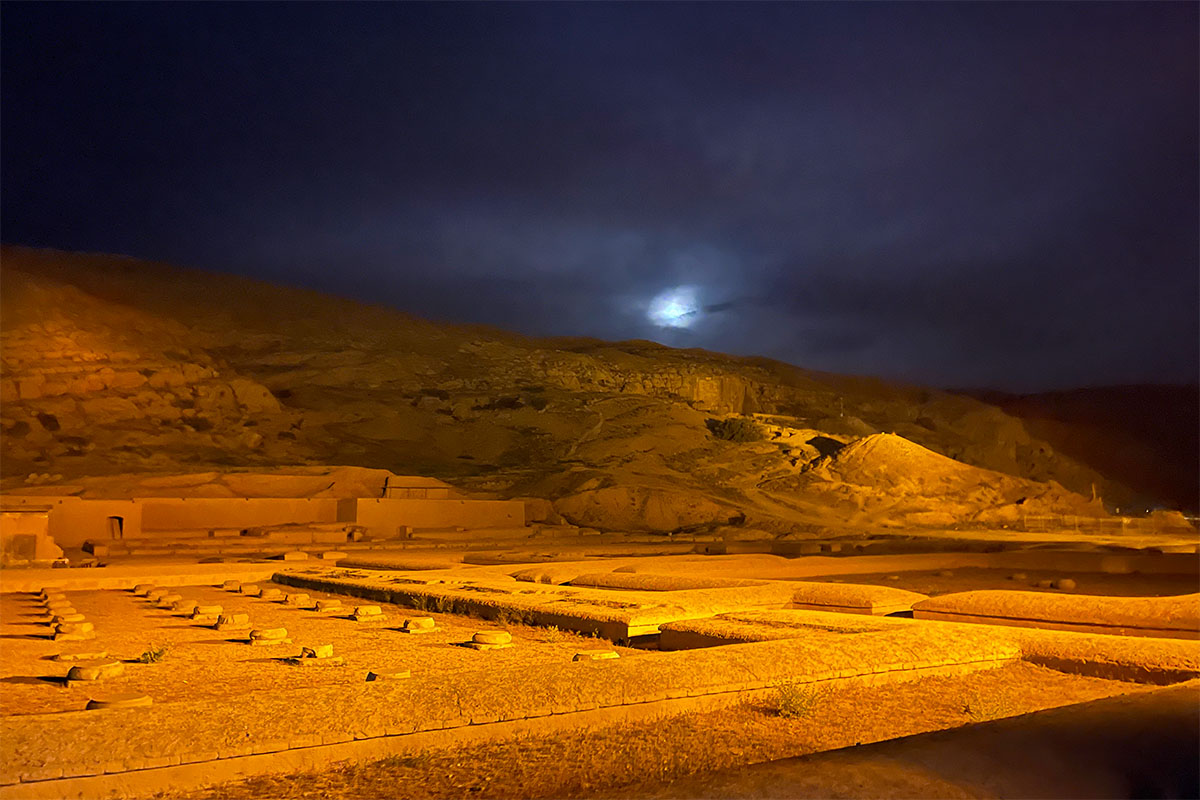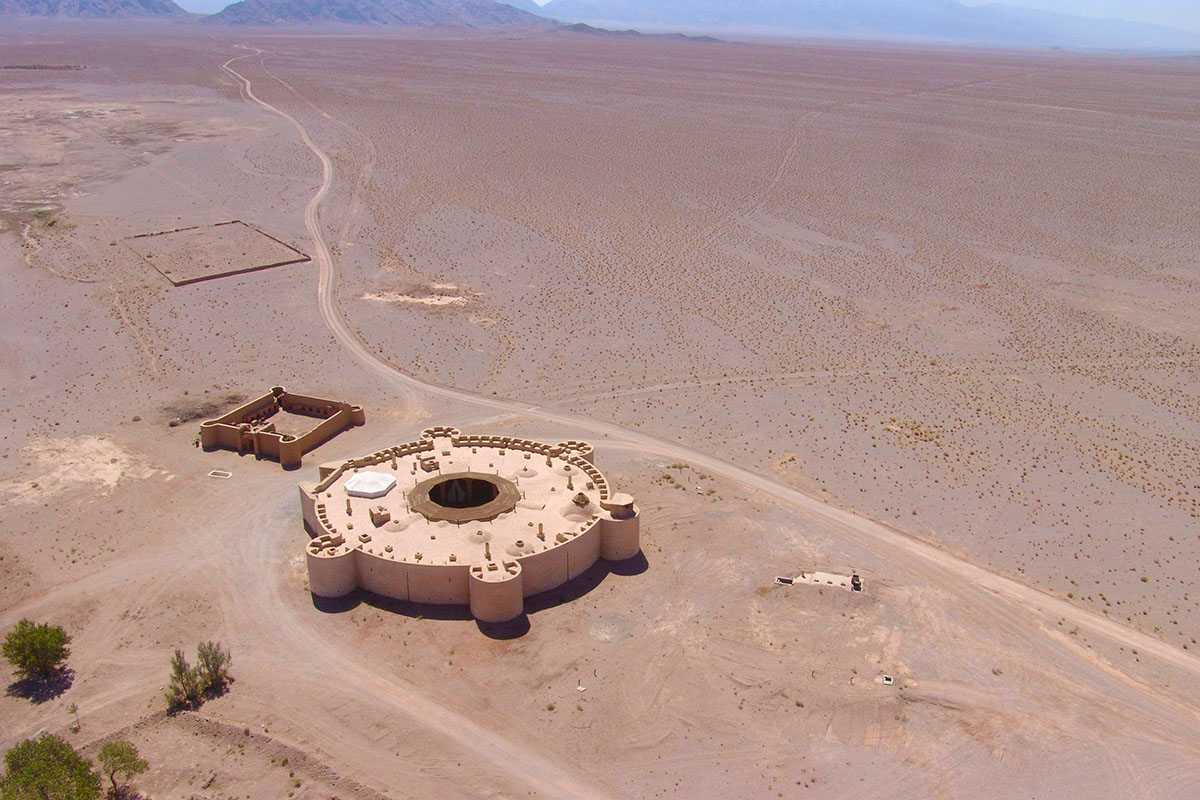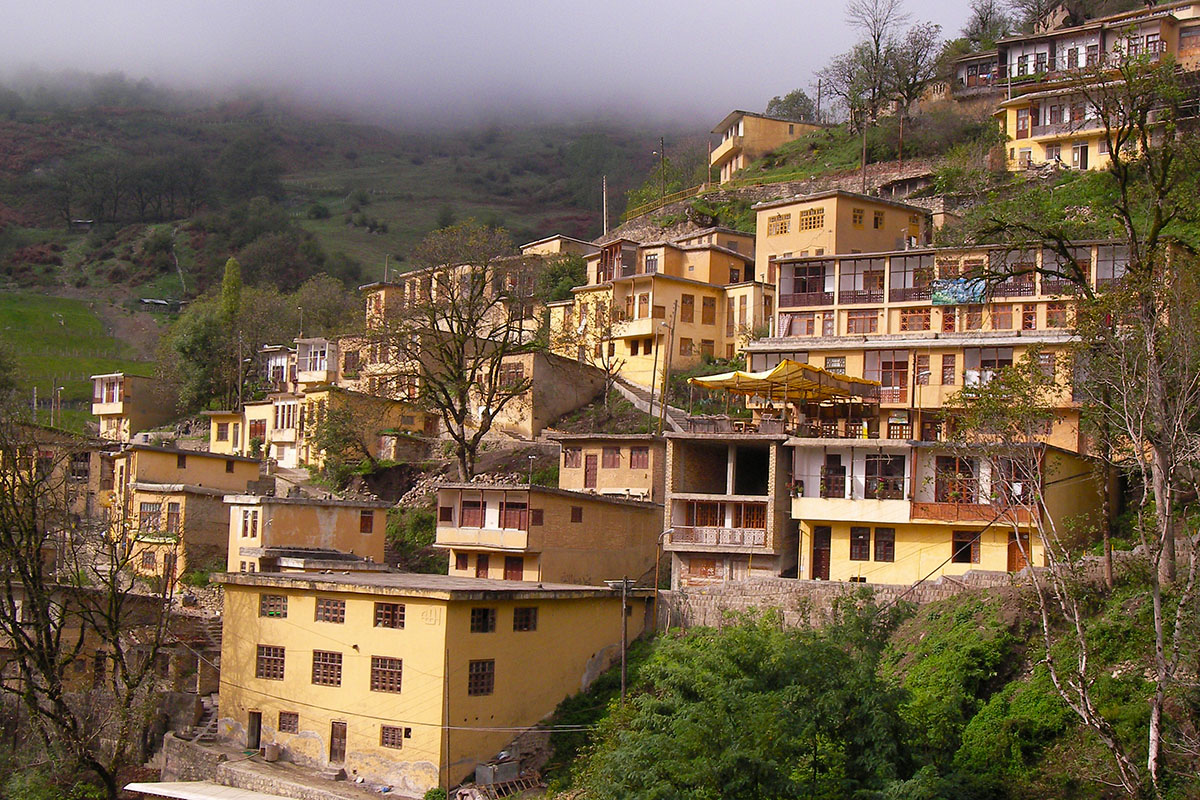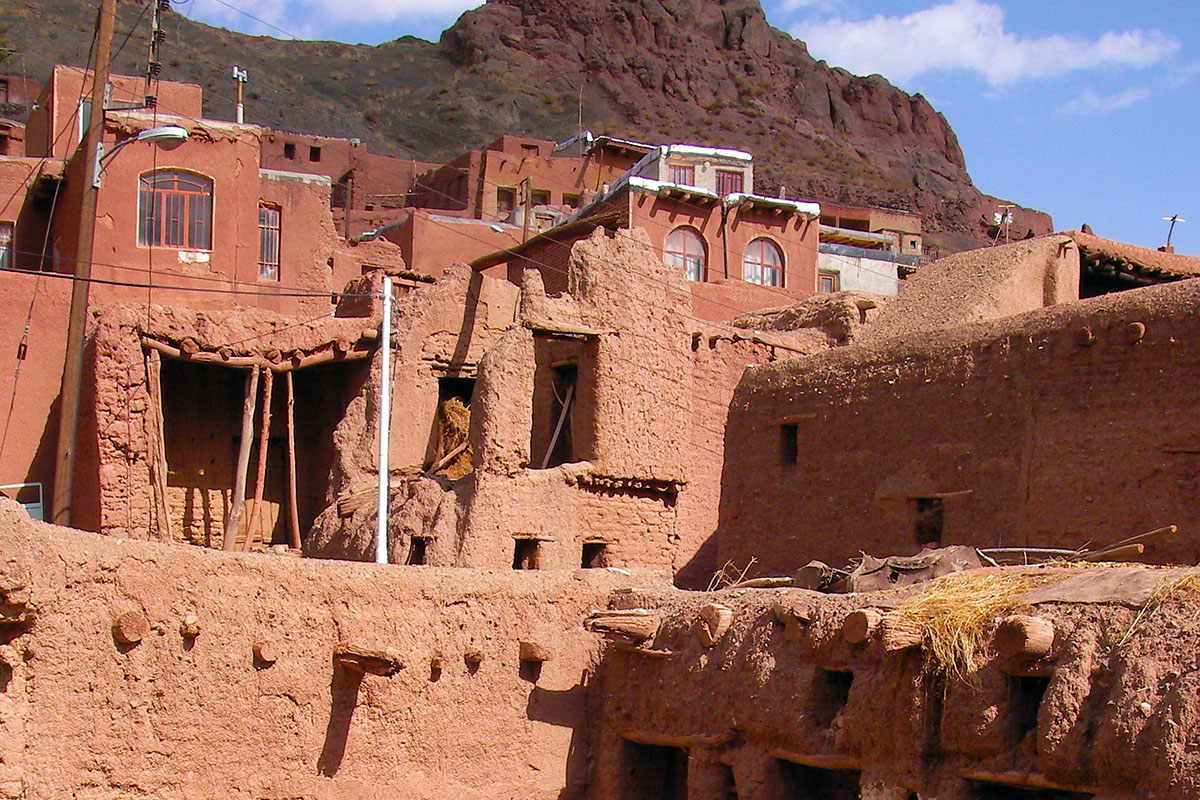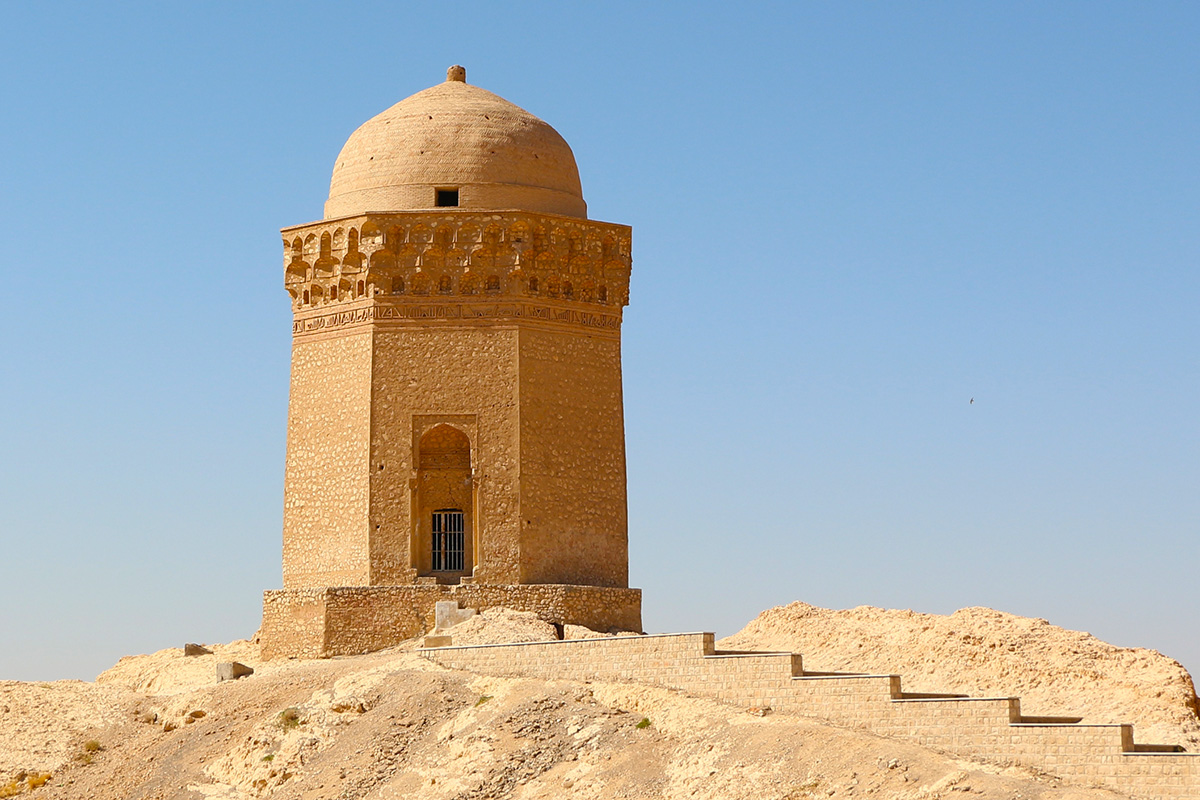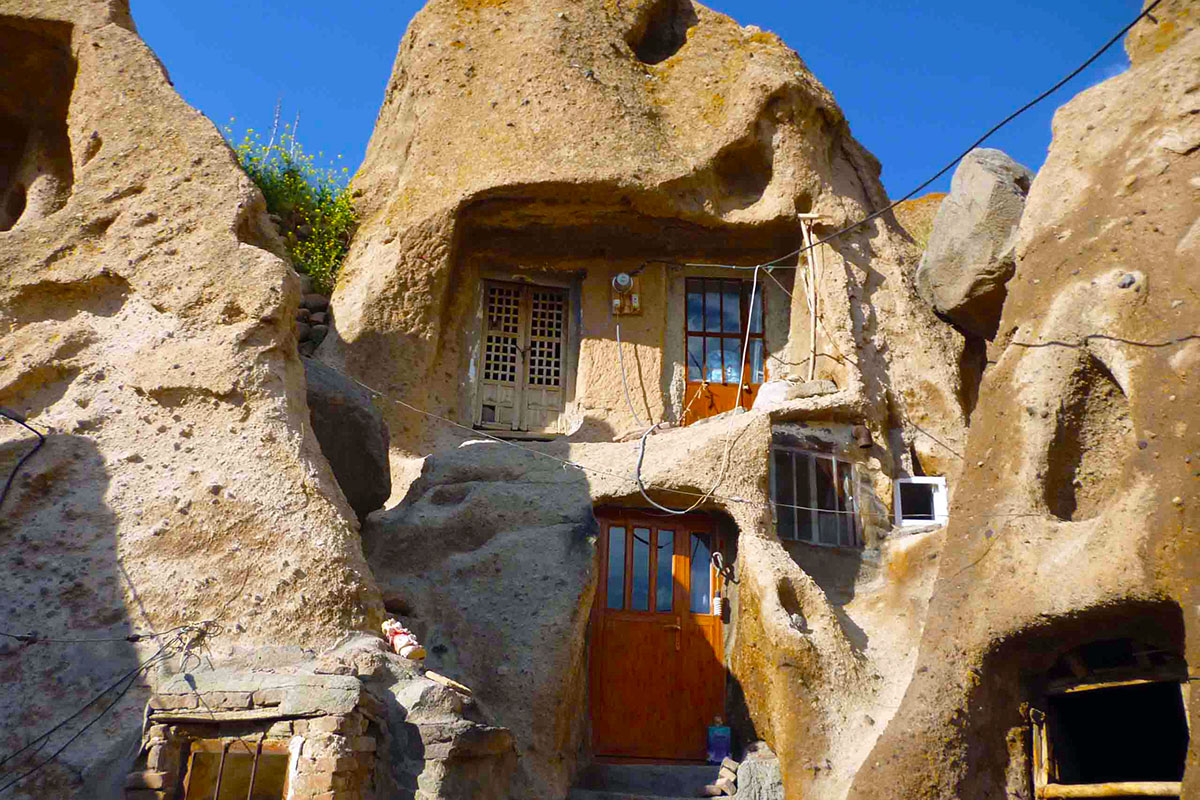With a bight history and lots of historic remains, the legendary ancient city of Hamadan has been always the breeding ground for business and science. Having a long antiquity and unique left remains suggest that the wonder of Hamedan can be seen in nowhere in the world.
The majestic city of Hamadan is Iran's oldest city and one of the oldest in the world, declared as "the capital of Iranian history and civilization," and regarded as the first capital of the Persian Empire, the Medes. Having lots of historic and cultural centers, Hamedan is known as the fifth city of the country in terms of tourist attractions and the tomb of Avicenna is regarded as its symbol and the symbol of Iran’s history in the world of culture and science. Interesting to know that the city was also one of the magnificent capitals of the country at the time of the Achaemenid, Parthian, Sassanid and Seljuk.
History
As the first capital of Iran within 2550 to 2700 years ago, the ancient city of Hamedan was founded by the first king of the Medes and was called Hegmataneh which means "place of aggregation" in ancient language. It was also the summer capital of the Achaemenid and Parthian kings. Artifacts from the archaeological site of Hegmataneh as well as the inscriptions in Ganjnameh date back to this time.
Over time, this name of Hegmataneh was changed as in the Sassanid era converted to Ahmatan /Ahmadan and eventually to Hamadan.
The migration of Aryan Tribes within 3500 years ago to the current location of Hamedan and the west of Iran gradually led to the formation of an inclusive government with the center of Hegmataneh in Iran plateau. By conquering the Assyrian, as the main political and military power of that time in 650 BC, this government expanded its territory, at the pinnacle of its glory from East to Central Asia and the West to Asia Minor. Hamedan was one of mint centers during Sassanid period and numerous coins are available from that era. Possessing a stronghold, the city of Nahavand was also of special importance in that period. In Arab invasion, they conquered Hamedan in the year 645 AD and called it their greatest triumph over the Sassanid Empire.
Climate
Hamadan has cold and snowy weather. It is covered by snow in winter. In summer, the weather is mild. The highlands have mountainous weather and the south parts such as Malayer and Nahavand have temperate mountain climate. The average precipitation is more than 300 mm.
Language
Persian: most residents of Hamden speak in Persian language.
Azeri: Most people in the North West of province speak Turkish.
Lorry dialect: the inhabitants of Malayer, Nahavand and Samen speak this dialect.
Kurdish dialect: Most people in the North West and West, in the adjacency of Kurdish speak the Kurdish language.
Handcrafts
Pottery & Ceramics
One of the most important fields of handicrafts in Hamedan is pottery and ceramics, which is world-famous. The main center of this field is in Lalejin. Pottery and ceramics production in this area date back to 700 years ago. The existence of prominent masters and artists led to diversify and high production of these artifacts.
Carpet
Hamadan is one of the main centers of carpet weaving in Iran. Its importance is due to the production of carpets and rugs at low cost compared by other parts of Iran's carpet, so that it can be called the center of cheap rugs. What mainly led to the identification of Hamadan rugs, is the long and woolly roots, so that Hamadan rugs are heavier than the carpets of other regions of Iran.
Leather artifacts
Hamadan is a major city in exporting leather. The history of this industry is so long that Hamedan is called the “the tannery city". By early Pahlavi, leather production in Hamedan enjoyed such a prosperity that its leather goods were world-famous.
Attractions
Hegmataneh
The ancient city of Hegmataneh was the capital of Median government and the summer capital of Achaemenid and Parthians. This city with Athens in Greece and Rome in Italy, are the few ancient cities in the world still alive and important. The Greeks called Hegmataneh Ecbatana. Herodotus attributes its foundation to Diaco and said it had seven walls that each has been in color of one of the planets. The ruins of the ancient city of Ecbatana lie beneath the Hegmataneh hill, in the northern part of Hamedan. A terrace wall of about nine meter high, a modest underground aqueduct, and houses with incredibly heavy walls have been excavated.
Ali Sadr Cave
Ali Sadr is regarded as the only wetland cave in Iran and largest water cave in the world. The cave area has numerous winding corridors. Inside the cave, there is a huge lake formed as a result of water streams, hence getting inside the cave is only possible by boat. Geologists attribute the antiquity of the rocks dating back to the Jurassic period.
The inscriptions of Ganjnameh
The rock inscriptions of Ganjnameh date back to Darius and Xerxes, carved out of the cliffs of Mount Alvand. Each inscription is of 3 columns of 20 rows written in Old Persian languages, Babylonian and Elamite. The Old Persian text is on the left with a width of 115 cm. The Babylonian text is written in the middle of both inscription and the Elamite text is in the third column.
Tomb of Esther and Mordechai
The tomb of Esther and Mordechai is among the most important Jewish shrines in the world. This shrine is an important factor in the formation and persistence of the Jewish community in Hamadan. The tomb was described as consisting of an outer and inner chamber surmounted by a dome with blue tiles. At the top of the wall, there is a raised inscription in Hebrew in stucco work. The Hebrew Line and raised stucco belong to the eighth and ninth centuries AD.
The tomb of Avicenna
The tomb of Avicenna, the great philosopher, scientist and physician was initially constructed during the Qajar period and the new tomb was opened during Pahlavi Dynasty on the occasion of one thousandth anniversary of his birth. The structure consists of twelve external pillars surrounding a central tower.The statue of Avicenna is installed on the east part of Square. There is a museum which is part of the tomb complex. There are copies of his books from a later period and decorated Koran.
The Tomb of Baba Taher
The tomb of the great mystic poet, Baba Taher is situated on a hill in a park, surrounded by flowers and winding paths, in the north-west of Hamedan. The monument is privileged from exquisite architecture as a masterpiece of the new era with original design which combines the architectures of the seventh and eighth century architecture. The poems of Baba Taher is written on the inner court walls.
Alavi Dome
This monument is regarded as a masterpiece of architecture and stucco-work after Islam, the dome of the monuments belongs to the Seljuk period in the late sixth century founded by the Alavi family, originally built as a mosque. In later periods, it was converted to the family mausoleum with a cellar in the basement. Unfortunately the identities of buried people are unknown. The monument has remarkable stucco ornamentation, with whirling floral motifs on the exterior- walls.
Transportation
BUS
Hamedan is well connected to most parts of the city by bus.
Airport
Hamedan Airport has several flights to Tehran, Mashhad and Kish Island and one international flight to Jeddah.
Train
Hamedan Railway is under construction.

